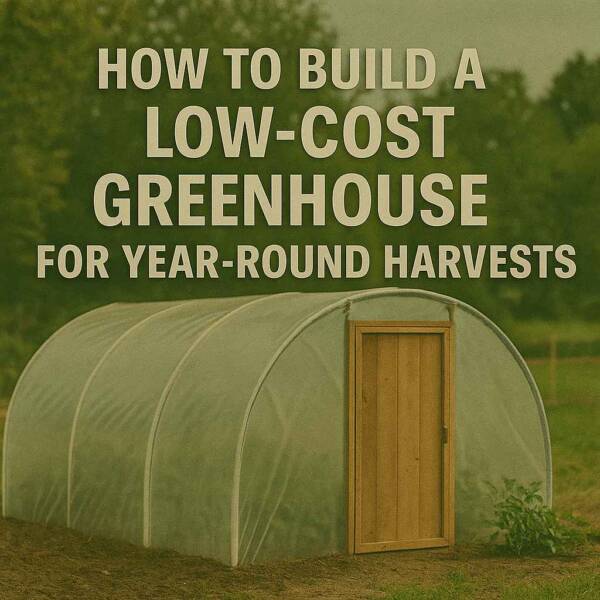Modern Agriculture and Forestry: Challenges and Innovations
Modern Agriculture and Forestry: Challenges and Innovations
Blog Article

While agriculture focuses on sustaining human needs, forestry involves maintaining natural ecosystems.
As technology and sustainability become more necessary, both agriculture and forestry are evolving to adapt to environmental changes.
What Is Agriculture?
It has been the lifeblood of human civilization for thousands of years.
Main components of agriculture include:
- Cultivating grains, vegetables, and fruits
- Raising livestock for meat, milk, and wool
- Agroforestry
- Reducing chemical use and preserving soil
Modern agriculture aims to ensure food security through innovation and technology.
The Importance of Forest Management
Forestry involves the sustainable use of forest resources.
Core aspects of sustainable forestry:
- Managing forest growth and health
- Forest conservation
- Ensuring renewable resource use
- Urban forestry
Responsible forestry practices help maintain ecological balance.
How to Be Eco-Friendly in These Sectors
Sustainability in agriculture and forestry is crucial as environmental issues become more pressing.
Sustainable methods to consider:
- Preserving organic matter and preventing erosion
- Integrating natural cycles into farming
- Maintaining forest structure and diversity
- Reforestation and afforestation
By embracing these practices, farmers read more and foresters can secure long-term viability.
Challenges in Agriculture and Forestry
Despite their importance, both agriculture and forestry face complex issues related to climate change, resource depletion, and policy shifts.
Key issues in the sector:
- Impact on crop yields and forest health
- Water scarcity
- Reducing biodiversity and natural cover
- Market volatility and economic pressures
Addressing these challenges requires government support.
The Role of Modern Tech
Technology is revolutionizing both agriculture and forestry, making operations more efficient.
Innovations making an impact:
- Maximizing yield while minimizing inputs
- Drones and satellite imagery
- Biotechnology and genetically modified crops
- Reducing manual labor and increasing speed
Integrating technology ensures that both agriculture and forestry operate more sustainably.
Conclusion
Agriculture and forestry continue to evolve.
To sustain these industries for the future, it is vital to balance economic and environmental goals.
Report this page